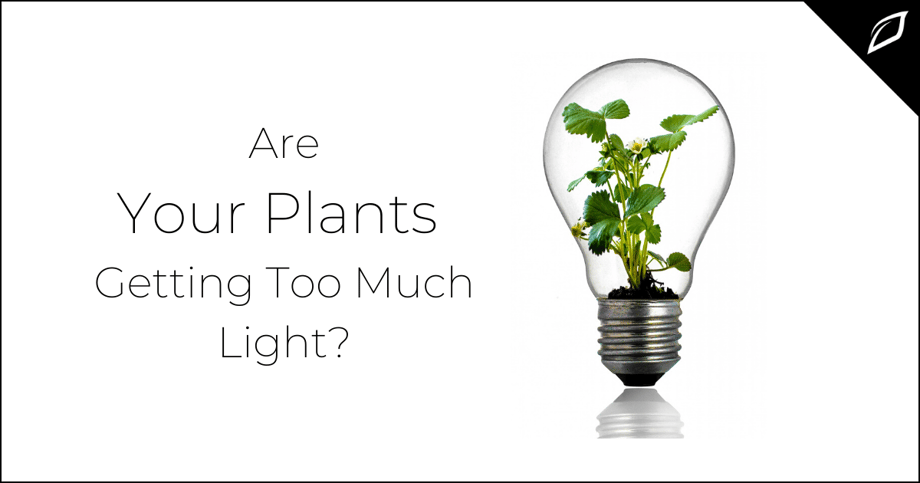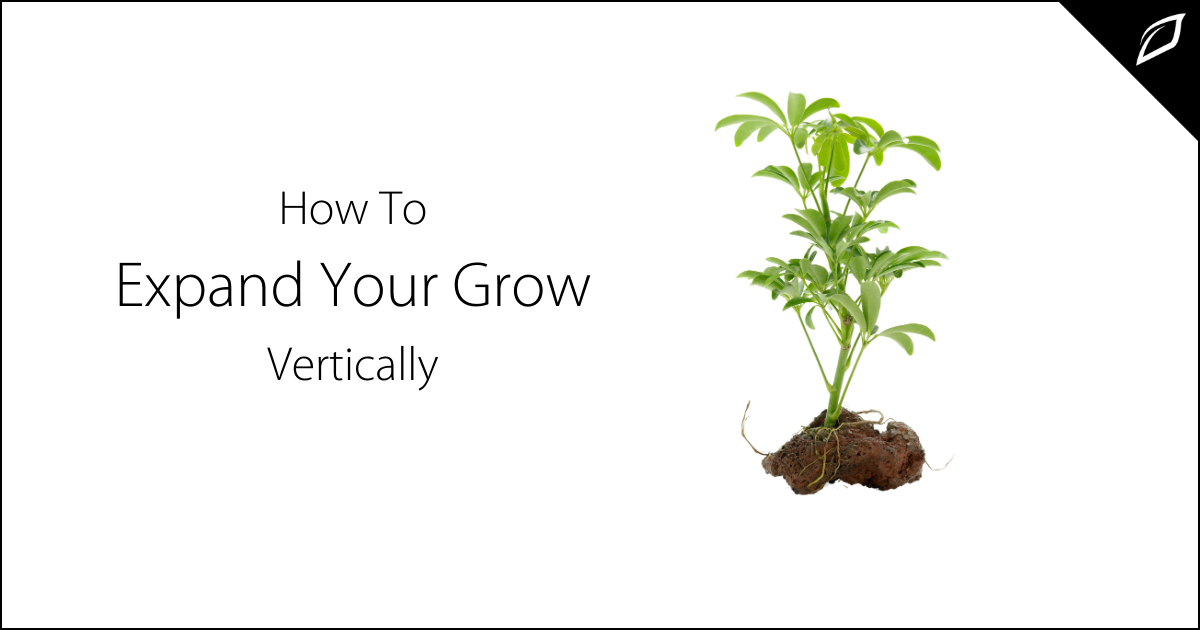Agtech Trends: Greenhouse Automation
Agtech has had a profound impact on the agricultural landscape. As a blanket term, "agtech" has been used to describe a host of innovations...


Too much of anything can be a problem. Light is no exception, and a thoughtful grower needs to be strategic about the placement and strength of light sources in a greenhouse environment. Let's examine over-lighting and consider available remedies.
Plants exhibit several vital signs when they're getting too much light. The most obvious indicator is leaf burning. This typically causes yellow leaves at the top of the plant directly under the grow lights. While the inside veins stay green, the leaves take on a yellow, burnt look. This effect may be mistaken for nitrogen deficiency, but nitrogen-deficient leaves typically fall off on their own, while light-burned yellow leaves won't fall off or be easily plucked.
Fortunately, you don't have to wait for symptoms to emerge to know whether greenhouse lighting is too strong. A straightforward test asks the grower to put a hand, palm down, at the top of the plant. In 10 to 15 seconds, you'll feel how much heat the plant is getting. If it is too hot for comfort on the back of your hand, that's probably more light and residual heat than the plant can handle.
Digital monitoring tools can also help a grower keep an eye on lighting levels. Sensors that track heat and humidity can give a good sense of greenhouse conditions. By monitoring the environment via a smartphone app, an informed grower will know if things are getting too hot and dry, a possible sign that the lights are cranked up too high.
Although too much light can impede plant growth, it's also a reasonably easy problem to fix. There are a couple of standard methods for remediating a too-bright greenhouse.
Distance matters when it comes to lighting. Plant burn often comes about when plants are growing too close to the primary source of light and heat. Depending on your greenhouse configuration, it may be relatively easy to raise light fixtures or otherwise distance them from plants.
When there's no easy way to move lights away from the plants, a grower can bend taller plants to angle them away from the direct impact of over-lighting. The effect is the same as if the lights themselves were repositioned. It's all about adding distance.
Growers also can adjust the strength of lighting. Experts recommend 100 watts of light for a 2 foot by 2 foot grow area, up to 1,000 watts for an 8 foot by 8-foot area. Most growers will experiment as they seek the lighting levels that promote the best and fastest growth without compromising plant health.
Crops love light, and a well-illuminated greenhouse will produce vigorous, tall, healthy plants with robust buds. It's possible to overshoot the mark, though, and provide so much light that plants end up struggling rather than thriving.
By combining close firsthand observation with remote monitoring tools, growers can keep over lighting in check and make rapid adjustments any time plants seem to be getting more light than is right for them. By being proactive and persistent, most growers can easily manage greenhouse lighting for high yields over time.
Don't be afraid to experiment. Some growers find success by running multiple plots at different wattages, adjusting the distance between lights and plants over time and in different growing stages. By changing up the parameters in a systematic way, it's possible to land on a formula that delivers the best outcomes for a given greenhouse.

Agtech has had a profound impact on the agricultural landscape. As a blanket term, "agtech" has been used to describe a host of innovations...

How To Expand Your Grow Vertically A lack of space to expand crop size has been a limiting factor for growers and farmers for as long as agriculture...

Sustainability in farming is about more than saving precious resources like water; it's about creating a growing environment that takes the guesswork...